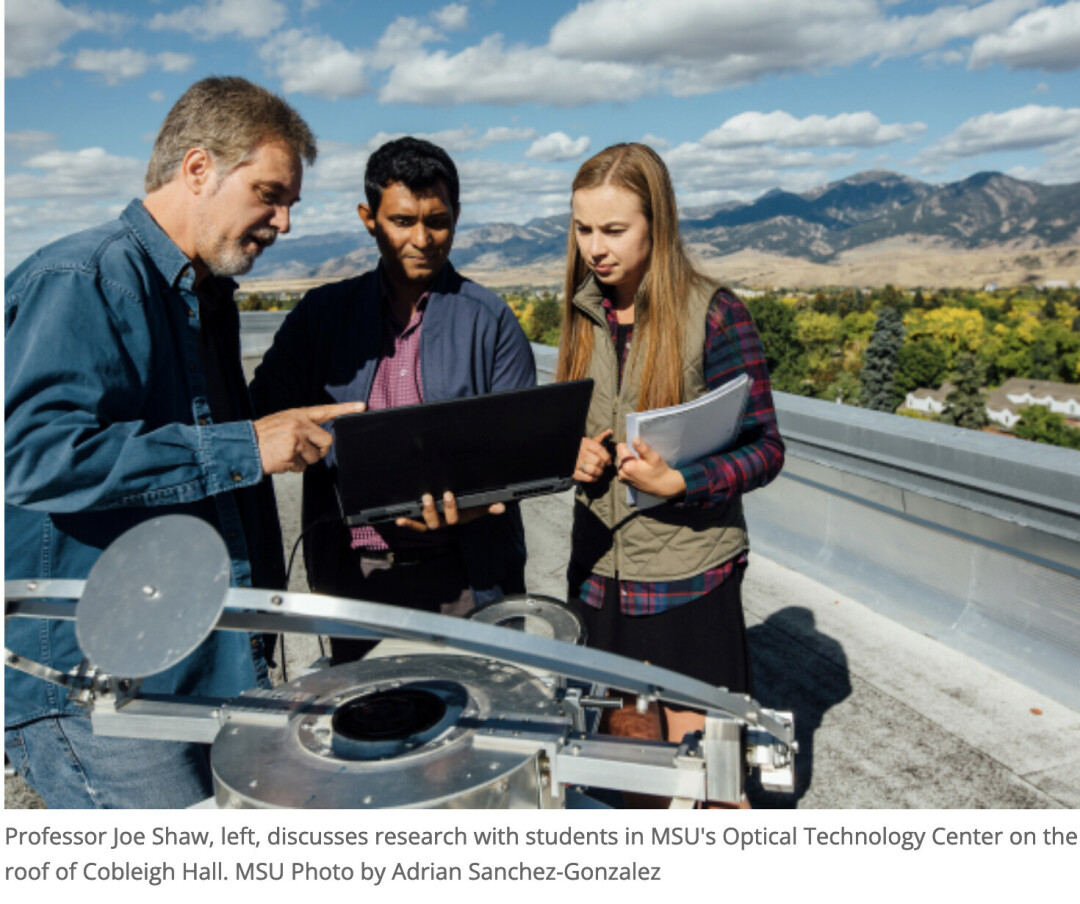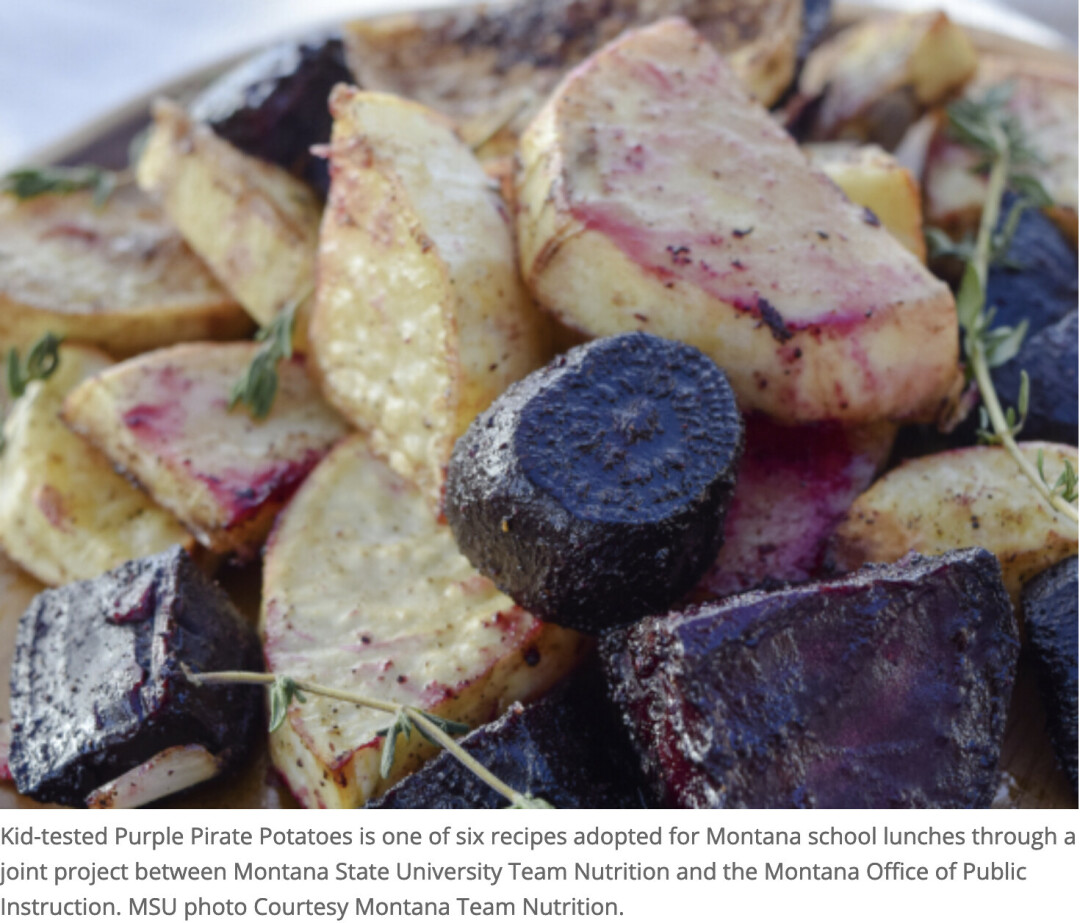4 Expert Tips To Beautify Merchandise Displays

Brick and mortar stores are known to rely heavily on foot traffic to attract customers and maximize their sales. The stores are typically located side-by-side with others, competing for the attention of potential shoppers. The display of goods determines how you attract passers-by to patronize the store. However, take precautions not to have the opposite effect – repulse potential customers to your shop.
A particular shop erred in such judgment by displaying child-centric images at their outlet because more than three-quarters of their patrons were under 15. The older potential customers mistakenly assumed the shop was only for kids and did not visit it. The result of the action was lost sales opportunities.
You must position your products and get the best out of future customer attention while balancing the current and potential customer experiences. These expert tips will help you beautify merchandise displays to drive sales.
1. Direct and Keep Customer Informed with Signage
Signage in a store helps guide customers on how to navigate inside the outlet. Some customers come to the shop to purchase and would like to identify what they are looking for and find it seamlessly. If customers take too much time to identify products, they leave in a huff, and you lose the sales opportunity.
Signage is especially critical for new customers unfamiliar with the goods in the outlet. For store visitors who are window-shopping, proper signage can help to make conversions. Strategic signages provide subtle cues to prompt sales and increase brand awareness of the products on display. You can have different signs serving various objectives.
Some signages are purposed to create a lasting impression on customers, and others for an immediate call to action. Hence, the sales conversion can be instantaneous or in the future when the customer revisits the store.
2. Create a Uniform Color Experience
People are naturally attracted to displays of color and attractive designs. A combination of striking shades evokes particular moods in potential customers who move towards your store. When in the shop, deploying a cohesive visual experience with colors draws attention to specific items in your space.
You never go wrong with playing around with colors to get the desired effect. Particular colors have different effects on people. Red is an attention grabber, typically used to attract people to ongoing sales drives in a shop. Other cool colors like blue are relaxed and provide an impression of security. Orange is energetic and gives a feel-good impression.
Create a uniform color experience for patrons to encourage them to come in and stay long enough to make a purchase decision. If they do not decide to buy immediately, they should come back at a future date. Let your target demographic determine the choice of colors too. For example, a store targeting younger people can be brightly colored.
3. Find Out What Drives the Choices of Your Customers
Collecting information on what drives customer choices is critical in enhancing your store display. You can obtain such information by surveying customers to get their feedback. Use the findings to develop a targeted approach in the shop arrangement. It may take some slight adjustments which make all the difference in attracting and converting customers.
Customer information such as age, location, income, and education are essential but not the only ones that inform the merchandise displays. Find out what prompts customers to make buying decisions and use the information to your advantage. Based on the customer's needs, you can have specific visual displays.
Objects like custom glitter stickers go a long way in attracting customers to merchandise. Factors like eye-catching single displays or inventively arranged store racks, merchandise visibility, the position of the changing rooms, etc., can make a huge difference in the shopping experience. The bottom line is to have an attractive display that makes it easy for customers to find what they need.
4. Keep Your Displays Well Lit
Bad lighting will affect even the most creative displays. No customer wants to navigate dark corners to find what they are looking for or struggle to see the labels on merchandise. A well-lit store and noticeable displays help customers to focus on a particular item and buy it. The lights enhance the architectural features of the store by drawing attention to its best features.
Other features like bright lights in the shops enhance visual displays and put customers in the right mood to make quick purchase decisions. Strategic use of lighting can achieve illumination and aesthetic appeal. A combination of different color lights makes merchandise arrangements look clean and sophisticated, appealing to the shop visitors. You can install lighting in ceilings, walls, or even on the floor for the desired effect.
Beautify Displays and Earn Sales Conversions
There is a correlation between merchandise display and sales conversion. The way call-to-action prompts attract online shoppers, the creative displays also pull the shopper's attention to the physical stores. Have strategies for beautifying your displays with particular objectives in mind, and you will experience more sales conversions in your store.









News Comments
This is so typical of a sign in, which we should not have to do to check if we or some one in our party got a permit. I have been working or "creating an account" for 30 minutes and just get the same ...
Smith River permit drawing results available
Sunday, Mar. 10, 2024
I have struggled with this podcast and my own participation therein, the event itself obviously traumatic, but beyond that my inability to reach anyone and convey anything resembling truth. The person ...
Billings, MT Case Becomes True Crime Podcast | 'An Absurd Result'
Marktokarski
Saturday, Jan. 20, 2024
Why not leave those cheerful, colorful garlands up longer? What’s the rush?
Main Street Closed Jan 2
Saturday, Dec. 30, 2023
You do not have the authority to determine what may or may not be sensitive lands! This is an example of extreme overreach on your part.
City of Bozeman, Gallatin County Adopt Sensitive Lands Protection Plan
Friday, Dec. 22, 2023